Using artificial intelligence, scientists created the strongest iron-based superconducting magnet in the world. Read the article to learn more.
Category: materials – Page 111
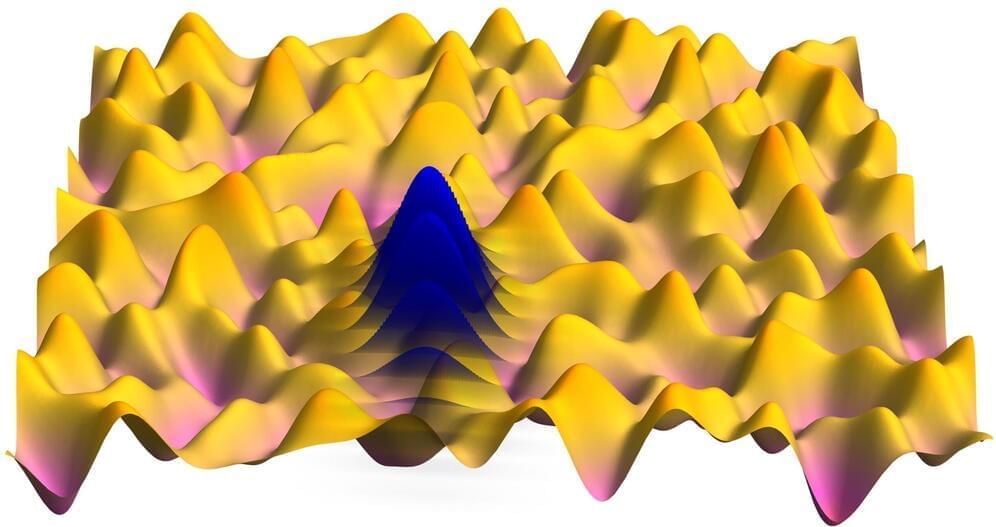
Study uncovers a quantum acoustical Drude peak shift in strange metals
Researchers at Harvard University, Sabanci University, and Peking University recently gathered findings that could shed light on the origin of the high-temperature absorption peaks observed in strange metals, a class of materials exhibiting unusual electronic properties that do not conform to the conventional theory of metals.
Bulldozer-resistant tough Lego bricks made from 90% plastic trash
The brick looks like concrete but avoids typical issues like water absorption and cracking.
Newly-introduced Lego-like bricks may make the construction process easier than ever.
A Canada-based sustainable startup, PLAEX Building Systems Inc., has created recycled plastic bricks. Named “Plaex-crete,” these blocks are lightweight, durable, and eco-friendly.
Plaex was founded by Dustin Bowers, and means PL-astic, A-ggregate, and EX-truder.
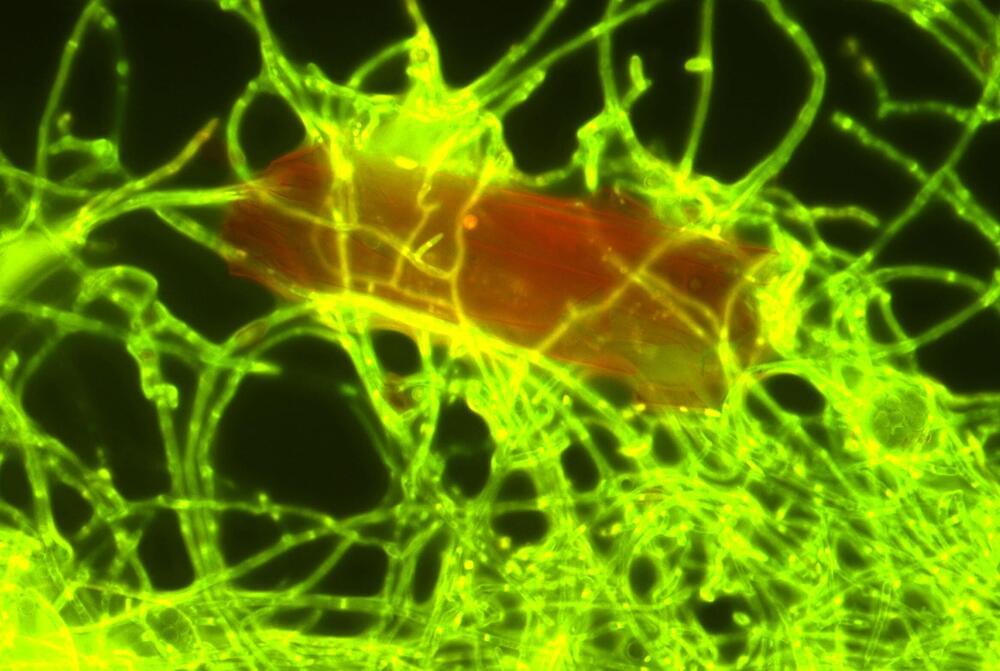
Study identifies fungus that breaks down ocean plastic
A fungus living in the sea can break down the plastic polyethylene, provided it has first been exposed to UV radiation from sunlight. Researchers from, among others, NIOZ published their results in the journal Science of the Total Environment. They expect that many more plastic degrading fungi are living in deeper parts of the ocean.
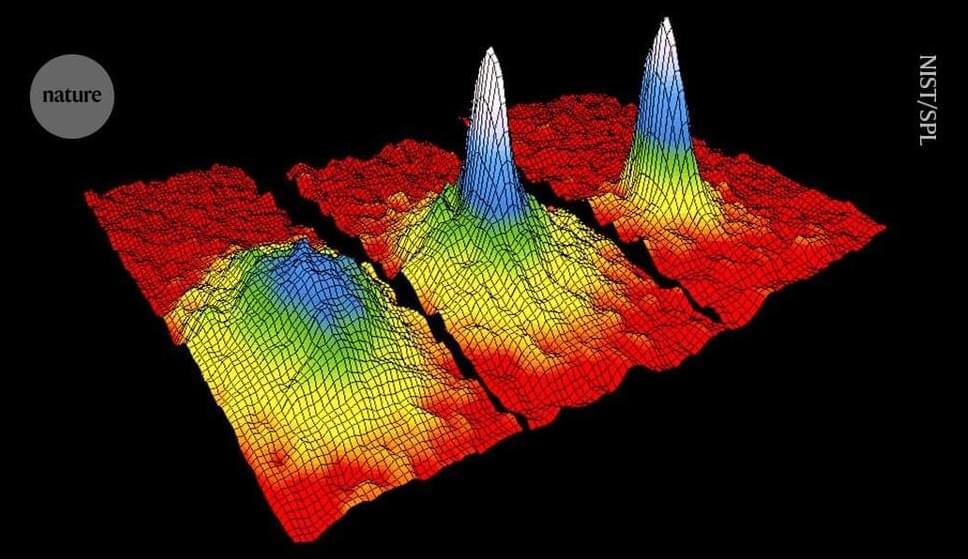
Physicists coax molecules into exotic quantum state — ending decades-long quest
The results are “fantastic”, says Yan. They will “really inspire and stimulate the rest of the cold-molecules community”
Exotic phases
Molecular Bose–Einstein condensates could be used in myriad ways. One possibility, says Valtolina, is to create exotic supersolid phases, in which a rigid material flows without resistance. So far this has been achieved only in atomic gases with magnetic interactions — it could now be done in polar molecules, whose interactions are “way stronger”, he says.
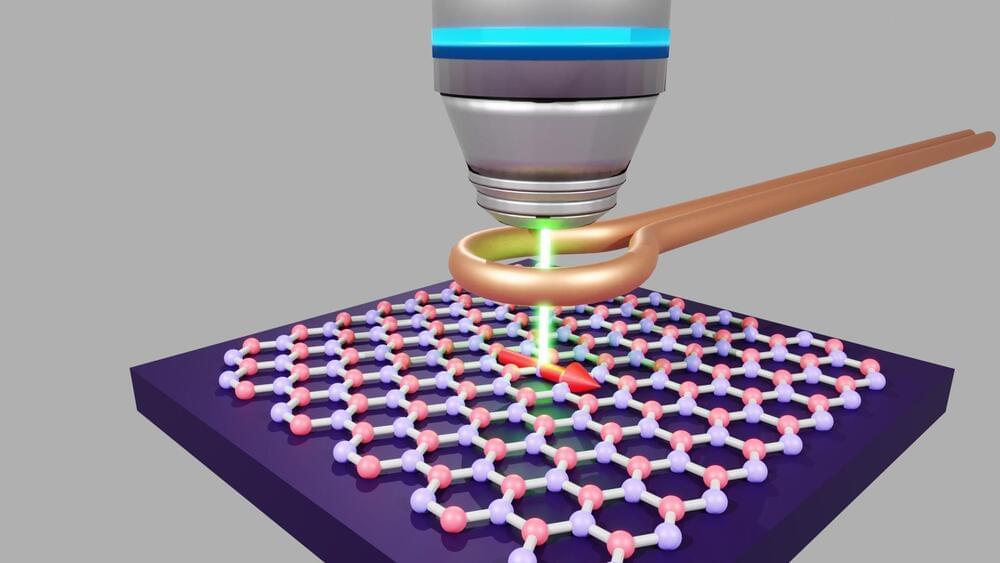
Cambridge Scientists Achieve Long-Sought Quantum State Stability in New 2D Material
Scientists at the Cavendish Laboratory have discovered spin coherence in Hexagonal Boron Nitride (hBN) under normal conditions, offering new prospects for quantum technology applications.
Cavendish Laboratory researchers have discovered that a single ‘atomic defect’ in a material known as Hexagonal Boron Nitride (hBN) maintains spin coherence at room temperature and can be manipulated using light.
Spin coherence refers to an electronic spin being capable of retaining quantum information over time. The discovery is significant because materials that can host quantum properties under ambient conditions are quite rare.
Superconductivity: the search and the scandal
Recent high profile controversies haven’t deterred scientists from searching for one of research’s ultimate prizes: room temperature superconductors. Kit Chapman reports on the claims.
In July 2023, the world became obsessed with superconductivity. Two pre-prints from a group in South Korea claimed that a copper-doped lead-apatite, dubbed LK-99 after its two proposers, Lee Sukbae and Kim Ji-Hoon, was a superconductor at room temperature and ambient pressure. The claims spread across social media, with both seasoned groups and amateur chemists trying to recreate the material. By August, a consensus was reached that LK-99 was yet another dead end, and not a superconductor at all.
The news followed a paper in Nature that proposed another room-temperature superconductor, this time only showing its properties at intense pressures, by Ranga Dias at the University of Rochester in the US. Yet Dias’ claims have now been retracted, and his data and academic reputation have been brought into question amid allegations of research fraud and plagiarism.
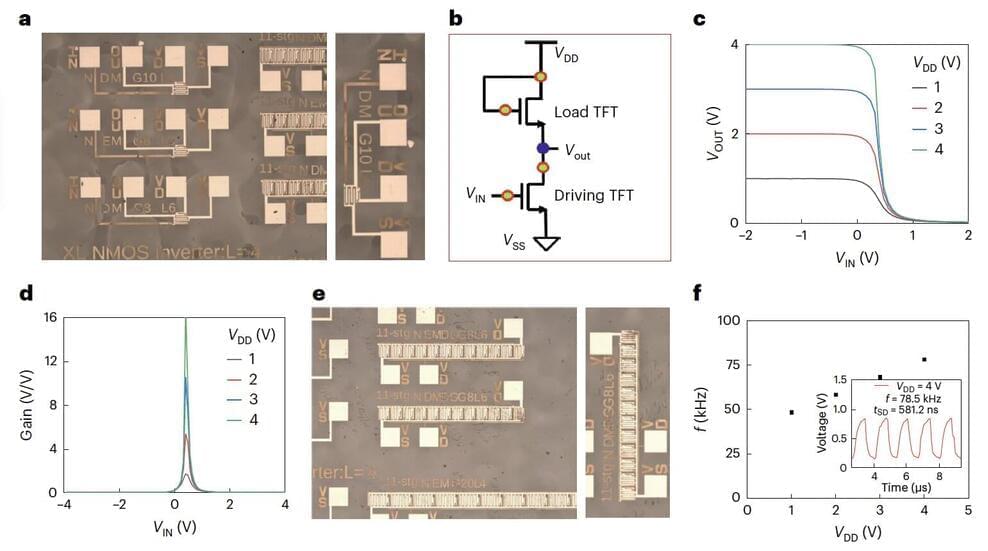
Novel formamidinium lead iodide perovskite n-type transistors have notable field-effect mobilities
Metal halide perovskites, a class of crystalline materials with remarkable optoelectronic properties, have proven to be promising candidates for the development of cost-effective thin-film transistors. Recent studies have successfully used these materials, particularly tin (Sn) halide perovskites, to fabricate p-type transistors with field-effect hole mobilities (μh) of over 70 cm2 V−1 s−1.

“Counterintuitive” Findings: MIT Scientists Uncover Surprising Metal Behavior Under Extreme Conditions
MIT scientists found that metals like copper can become stronger when heated and impacted at high velocities, challenging traditional views and potentially enhancing materials for extreme environments like space and high-speed manufacturing.
Metals get softer when they are heated, which is how blacksmiths can form iron into complex shapes by heating it red hot. And anyone who compares a copper wire with a steel coat hanger will quickly discern that copper is much more pliable than steel.
But scientists at MIT have discovered that the opposite happens when metal is struck by an object moving at a super high velocity: The hotter the metal, the stronger it is. Under those conditions, which put extreme stress on the metal, copper can actually be just as strong as steel. The new discovery could lead to new approaches to designing materials for extreme environments, such as shields that protect spacecraft or hypersonic aircraft, or equipment for high-speed manufacturing processes.

Powering Next-Gen Electronics: Scientists Find High-Performance Alternative to Conventional Ferroelectrics
Lighting a gas grill, getting an ultrasound, using an ultrasonic toothbrush ⎯ these actions involve the use of materials that can translate an electric voltage into a change in shape and vice versa.
Known as piezoelectricity, the ability to trade between mechanical stress and electric charge can be harnessed widely in capacitors, actuators, transducers, and sensors like accelerometers and gyroscopes for next-generation electronics. However, integrating these materials into miniaturized systems has been difficult due to the tendency of electromechanically active materials to ⎯ at the submicrometer scale, when the thickness is just a few millionths of an inch ⎯ get “clamped” down by the material they are attached to, which significantly dials down their performance.
Rice University researchers and collaborators at the University of California, Berkeley have found that a class of electromechanically active materials called antiferroelectrics may hold the key to overcoming performance limitations due to clamping in miniaturized electromechanical systems. A new study published in Nature Materials reports that a model antiferroelectric system, lead zirconate (PbZrO3), produces an electromechanical response that can be up to five times greater than that of conventional piezoelectric materials even in films that are only 100 nanometers (or 4 millionths of an inch) thick.